
Robeson County is a county in the southern part of the U.S. state of North Carolina and is its largest county by land area. Its county seat and largest city is Lumberton. The county was formed in 1787 from part of Bladen County and named in honor of Thomas Robeson, a colonel who had led Patriot forces in the area during the Revolutionary War. As of the 2020 census, the county's population was 116,530. It is a majority-minority county; its residents are approximately 38 percent Native American, 22 percent white, 22 percent black, and 10 percent Hispanic. It is included in the Fayetteville-Lumberton-Pinehurst, NC Combined Statistical Area. The state-recognized Lumbee Tribe of North Carolina is headquartered in Pembroke.

Hoke County is a county in the U.S. state of North Carolina. As of the 2020 census, its population was 52,082. Its county seat is Raeford.

Pembroke is a town in Robeson County, North Carolina, United States. It is about 90 miles inland and northwest from the Atlantic Coast. The population was 2,973, at the 2010 census. The town is the seat of the state-recognized Lumbee tribe of North Carolina, as well as the home of The University of North Carolina at Pembroke.
Prospect is a census-designated place (CDP) in Robeson County, North Carolina, United States. The population was 690 at the 2000 census. Located due northeast of Pembroke, Prospect is a traditionally Methodist community, with its church members largely becoming representatives for the entirety of the American Indian-Methodist community. Prospect is noted for one of its native sons, Adolph Dial, whose contributions to American Indian Studies have led to an heightened awareness of the local Lumbee Tribe and Native Americans throughout the Southeastern United States.
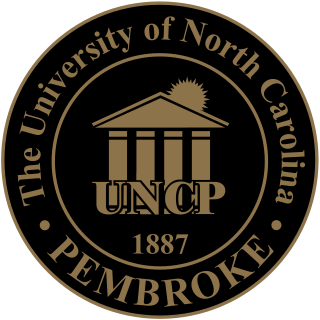
The University of North Carolina at Pembroke is a public university in Pembroke, North Carolina. UNC Pembroke is a master's level degree-granting university and part of the University of North Carolina system. Its history is intertwined with that of the Lumbee nation.
The Lumbee are a Native American people primarily centered in Robeson, Hoke, Cumberland, and Scotland counties in North Carolina.
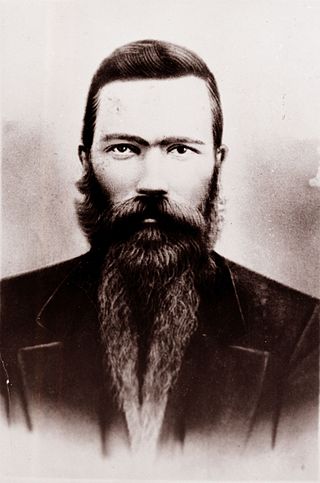
Henry Berry Lowry was an American outlaw. A Lumbee Native American, he led the Lowry Gang in North Carolina during and after the American Civil War. Many local North Carolinians remember him as a Robin Hood figure. Lowry was described by George Alfred Townsend, a correspondent for the New York Herald in the late 19th century, as "[o]ne of those remarkable executive spirits that arises now and then in a raw community without advantages other than those given by nature."

The Battle of Hayes Pond, also known as the Battle of Maxton Field or the Maxton Riot, was an armed confrontation between members of a Ku Klux Klan (KKK) organization and Lumbee Indians at a Klan rally near Maxton, North Carolina, on the night of January 18, 1958. The clash resulted in the disruption of the rally and a significant amount of media coverage praising the Lumbees and condemning the Klansmen.

Waccamaw Siouan Indians are one of eight state-recognized tribes in North Carolina. They are also known as the "People of the Fallen Star." Historically Siouan-speaking, they are located predominantly in the southeastern North Carolina counties of Bladen and Columbus. Their congressional representative introduced a failed bill for federal recognition in 1948. North Carolina recognized the group in 1971.

The Lowry War or Lowrie War was a conflict that took place in and around Robeson County, North Carolina, United States from 1864 to 1874 between a group of mostly Native American outlaws and civil local, state, and federal authorities. The conflict is named for Henry Berry Lowry, a Lumbee who led a gang of Native American, white and black men which robbed area farms and killed public officials who pursued them.
Five Forks is an unincorporated community in Robeson County, North Carolina, United States, at the western terminus of North Carolina Highway 904, west-southwest of Fairmont. It lies at an elevation of 135 feet.

The Lumbee Tribe of North Carolina is a state-recognized tribe in North Carolina. The tribe represents Lumbee people. They do not hold federal recognition as a Native American tribe.
The Lumbee Regional Development Association (LRDA) is a nonprofit corporation, chartered by the State of North Carolina in 1968, organized to analyze and develop solutions for the health, educational, economic, and general welfare problems of rural and urban Indians in and around Robeson County. Its effective domain includes, but is not limited to, the Counties of Robeson, Hoke, Scotland, and Bladen, i.e., North Carolina’s Planning Region N. Federally funded programs are currently administered by the Lumbee citizens of these neighboring counties, from the LRDA offices in Pembroke, North Carolina. LRDA currently serves over 20,600 people each year. In July 2009, it had 62 full-time employees.
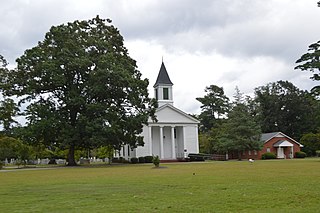
Philadelphus is a census-designated place (CDP) in Robeson County, North Carolina, United States. The community is located between the towns of Pembroke and Red Springs. It was established between 1796 and 1799.
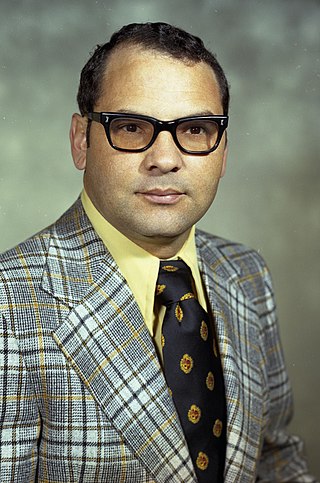
Henry Ward Oxendine was an American lawyer and politician who served as a member of the North Carolina House of Representatives for the 21st District from 1973 to 1976. A member of the Lumbee tribe, he was the first Native American to serve in the North Carolina General Assembly.
On February 1, 1988, two armed Tuscarora men, Eddie Hatcher and Timothy Jacobs, took hostages in the offices of The Robesonian newspaper in Lumberton, Robeson County, North Carolina. At the time, Robeson experienced a significant level of drug trafficking and increasing public distrust of the county sheriff's office, especially from the area's significant Native American population. Hatcher believed he had evidence of corruption in the local justice system and, fearing for his life, enlisted the aid of Jacobs to try to raise awareness about his concerns. The two held the staff of the county daily newspaper hostage for 10 hours before extracting an agreement from North Carolina Governor James G. Martin to investigate corruption allegations in Robeson.
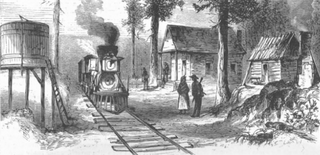
Moss Neck is a community in Robeson County, North Carolina, United States.
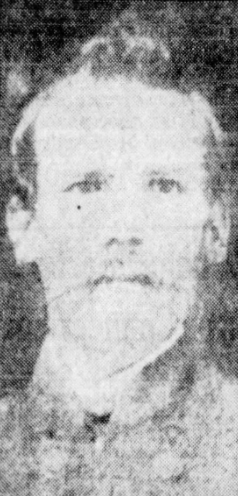
Francis "Frank" Marion Wishart was an American military officer. He served with the 46th North Carolina Infantry Regiment of the Confederate States Army during the American Civil War. Wounded in combat, he left the war with rank of captain before returning to Robeson County, North Carolina to marry and open a store. He thereafter became involved in the Lowry War and in 1871 was made a colonel in charge of a county militia tasked with suppressing a gang of outlaws in the area. He was killed under disputed circumstances in a meeting with some of the outlaws in May 1872.

Scuffletown was a community in Robeson County, North Carolina, United States in the 1700s and 1800s dominated by Lumbee Native Americans. The exact location of the community, the date of its creation, and the origin of its name are unclear. The community, which had no formal government, encompassed swampy territory dotted with small farms and simple cabins. Most Scuffletonians were poor and made livings by growing crops, hunting and fishing, picking berries, or performing labor for neighboring farmers.
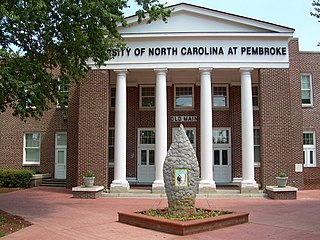
The Old Main is a historic building on the campus of the University of North Carolina at Pembroke in Pembroke, North Carolina. Completed in 1923, it was the first brick building on the university's campus, then known as the Cherokee Indian Normal School of Robeson County. The building originally hosted classrooms, auditorium space, and administrative offices. After administrative officials moved to a new building in 1949, the structure acquired the "Old Main" name. Since it was used for other community events, it gained additional importance to the primarily Native American student body at the school. Old Main was slated for destruction in 1972, but this decision was overturned after protests by community members. A fire, likely the result of arson, gutted the building in 1973. It was listed on the National Register of Historic Places in 1976 and fully restored and reopened in 1979. It presently hosts several university departments and student media outlets.
















